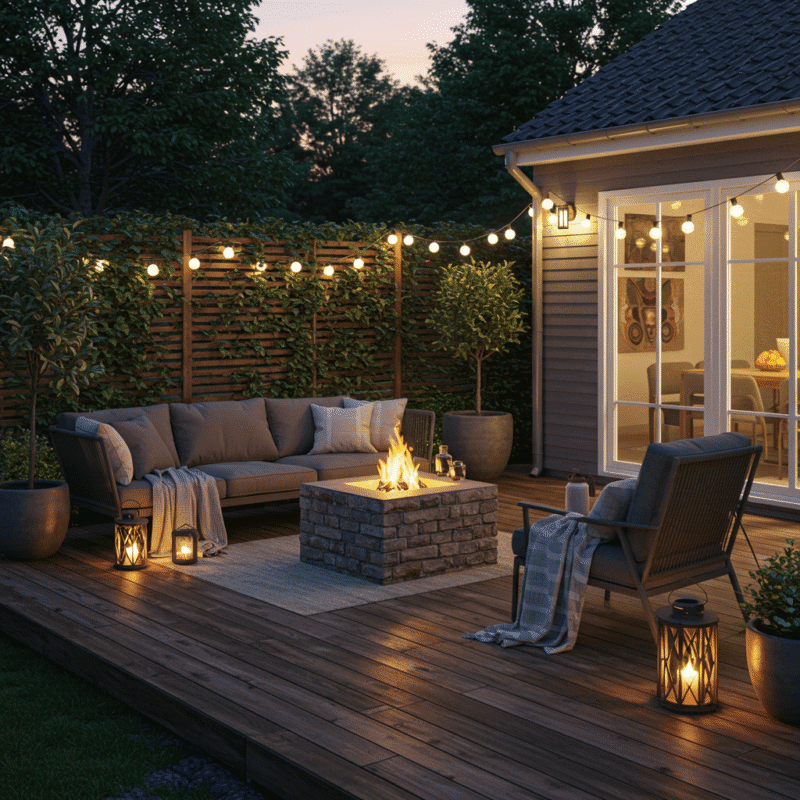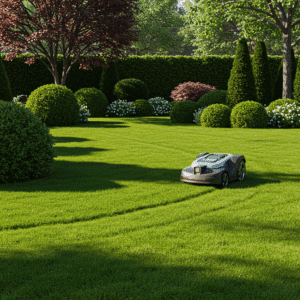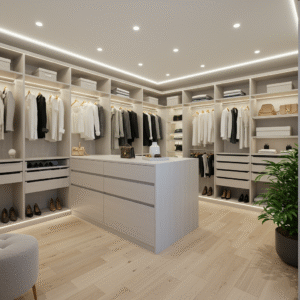The rebirth of outdoor spaces: how to turn your yard into a cozy oasis

Stylish and cozy outdoor space for evening relaxation
An outdoor space is more than just a yard or terrace. It’s a place where nature and human creativity meet, where peace, connection, and inspiration are born. A well-thought-out and carefully designed outdoor area can become a true extension of your home, suitable for both relaxation and entertainment. In this article, we’ll explore how to create a functional, aesthetic, and cozy outdoor environment that can be enjoyed year-round.
Space zoning – the foundation of harmony
The first step in creating an appealing outdoor area is dividing it into functional zones. Even a small space can be organized to include areas for relaxation, dining, or entertainment. This helps maintain order and clarity, allowing each activity to have its own dedicated spot. Zoning can be achieved using paths, plants, low walls, or even different ground coverings. It’s important that the transitions between zones are natural and smooth so that the entire space remains cohesive.
A fire source – the essence of coziness
A fire feature in an outdoor area adds not only warmth but also a special ambiance. It can be a fireplace, fire pit, or even candles. Fire naturally draws people together, encourages conversation, and creates a cozy atmosphere. When choosing a fire feature, it’s essential to consider safety regulations and select an appropriate location to avoid fire hazards.
Furniture – a blend of comfort and style
Outdoor furniture must be both comfortable and weather-resistant. When choosing furniture, pay attention to materials—wood, metal, or plastic each have different properties and care needs. It’s also important that the furniture matches the overall style of the outdoor space and offers practical functionality—such as foldable options or built-in storage.
A focal point – the visual centerpiece
Every outdoor space should have a central element that draws attention and gives the area character. This could be a fountain, sculpture, flower bed, or even a distinctive furniture piece. What matters most is that the centerpiece suits the size of the space and complements the overall design.
Small details – big impact
Small decorative elements can have a significant influence on the atmosphere of an outdoor area. Cushions, blankets, lanterns, plant pots, or even rugs can add a cozy and personal touch. When choosing decorations, consider colors, textures, and materials that work well together and fit the overall style.
Privacy – a guarantee of peace
Privacy is an essential element that helps you feel relaxed and free in your outdoor space. To ensure privacy, you can use plants, fences, screens, or even curtains. Climbing plants such as ivy or climbing roses not only provide privacy but also decorate the space, bringing a natural and lively feel.
Lighting – the mood maker
Proper lighting allows you to enjoy your outdoor space in the evenings, creates a cozy atmosphere, and highlights specific design features. Various light sources can be used—from candles and lanterns to LED string lights or built-in fixtures. It’s important that the lighting is not only aesthetically pleasing but also functional and safe.
Plants – a source of life and color
Plants bring life, color, and natural beauty to an outdoor space. When selecting plants, consider their care requirements, blooming seasons, and how well they complement each other. Potted plants allow flexibility in rearranging the space, while flower beds or hedges can be used for zoning or enhancing privacy.
In conclusion, designing an outdoor space is a creative and engaging process that allows you to express your personal style and needs. The key is to focus on functionality, aesthetics, and your own preferences. A well-planned and equipped outdoor area becomes a beloved spot for rest, connection, and inspiration.



